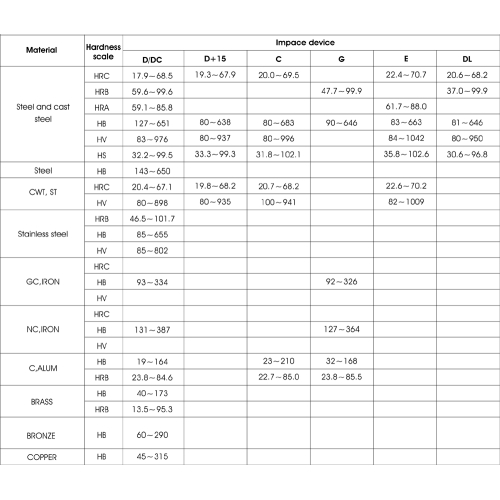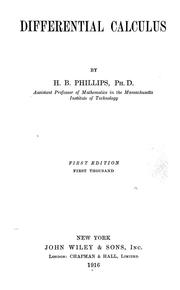

He has been in love with differential forms ever since. Alas, he has never had a chance to teach this material at Colby College, where he is now the Carter Professor of Mathematics.The topic of this thesis is the development of a versatile and geometrically motivated differential calculus on non-commutative or quantum spaces, providing powerful but easy-to-use mathematical tools for applications in physics and related sciences. Gouvêa ever taught was a vector calculus course for engineering students at the Universidade de São Paulo. I would be happy to recommend it to anyone in that position. On the other hand, reading this book after one has a good geometric picture of what is going on can be exhilarating. Trying to learn this material from a book like this would be daunting for anyone but the most theoretically minded. On page 12, the description of what a shuffle is clearly incorrect, as is the definition of "support" on pages 54-55. A graded algebra is called "graduated." Sometimes "commence" is used for "begin" in situations where no native English speaker would choose the fancier word. Vector spaces have a "base" rather than a basis. Manifolds are called "varieties," which echoes the French term but goes against normal mathematical English. It is occasionally a rather strange translation. I could not find any information on who translated the book. However, it is given for the courageous reader!" At one point, Cartan describes a formula as " simple and easy (and important!) to remember" (italics his). At another, he says, "The remainder of the proof may be left aside by the reader who dislikes calculations. Readers familiar with Cartan's other books will recognize some "Cartanisms." I particularly like the notion of "primitive of a form/function along a path," later generalized to "primitive of a form/function along a homotopy"! (This is the first time I've seen an author worry about how many times a function needs to be differentiable for certain theorems to work!) It is all extremely well done. The treatment is almost always elegant and complete, with careful attention to the underlying assumptions, particularly with respect to differentiability. Even the typeface is reminiscent of Bourbaki, in fact. Proofs are done in a take-no-prisoners style reminiscent of Bourbaki (no accident, of course). Exterior products are taken with respect to a chosen bilinear pairing. For example, whenever possible, he works in a general Banach space E rather than in the special case of R n. Indeed, the Cours de calcul différentiel (whose latest edition includes both parts) seems not to be available in French either, at least according to .Ĭartan's approach is fearlessly general. As far as I know, that volume has not been published in English.

Material from the first part of Cartan's differential calculus text is assumed and often referred to.

It includes a long chapter on, yes, differential forms, but there are also chapters on the calculus of variations and on differential geometry.

Instead, it is a part of Cartan's course on differential calculus. The title suggests that this is a book about differential forms. This is a very good book indeed, but it is not quite the book I thought it was.


 0 kommentar(er)
0 kommentar(er)
